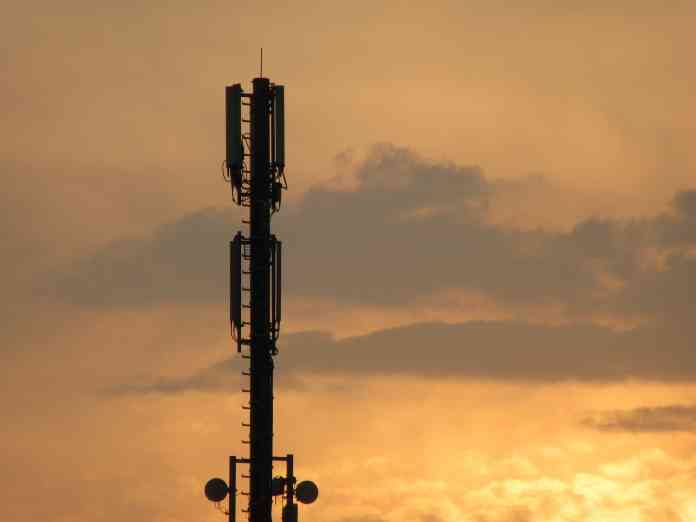
CTB Panel of Experts: critical communications
When inheriting out-dated communication equipment, the need to provide more modern, resilient infrastructure systems is critical. But faced with demanding financial constraints – What price Life Safety? Our Panel of Experts of Jackson White, Nick Paris and Simon Hill discuss
No matter where you live or work, the sound and sight of flashing blue lights passing the window is unlikely to be new. Although you can often hear the sirens before you see the vehicle, the speed with which the vehicle passes is rarely more than a few seconds - public safety vehicles do not waste time. Whether it be a fire, crime, medical emergency or terrorist attack, public safety vehicles and responders rely on time-critical technology to ensure that they are at the scene and in communication with colleagues as quickly as possible, because, if they aren’t, people die and small incidents quickly become national tragedies.
In March this year, an independent report from Lord Kerslake into the emergency response to the 2017 Manchester Arena attack found that poor communication meant firefighters were sent away from the scene, with officials slamming the discovery that ‘out of the loop’ fire crews took two hours to join other emergency workers at the scene, despite a paramedic arriving within 11 minutes.
Furthermore, it found that Greater Manchester Fire and Rescue Service ‘played no meaningful role in the response for two hours’, meaning a ‘valuable resource was not available to assist on the scene’. Among its recommendations, the report said Greater Manchester Fire and Rescue Service must ‘reflect on the poor communication, poor procedures and issues of operational culture’ which caused its failure to respond properly.
In a new Summer report, ABI Research, a market-foresight advisory firm, released its market forecast for the use of modern critical communications systems in the fight against terrorism and crime. Although predominantly focused on the US market, the report highlights the amount of money and attention that such systems warrant. Representing a total market of $10 billion in base stations, repeaters, handsets, and infrastructure in 2022, the North American market continues to account for more than half of this world market with the rapidly growing Asia-Pacific region in second place at 20 per cent market share. Europe, Latin America and the Middle-East and Africa regions rank third, fourth and fifth respectively.
Financial outlay
As highlighted in our May mission critical communications panel, group communications must be efficient, fit-for-purpose, fast, reliable and versatile. But what happens when we are inheriting outdated communication systems amid financial constraints? Jackson White, business development director at Getac UK, outlines a number of extra requirements that must be considered when procuring computing and communications systems, such as innovation, longevity of use, ROI and financial outlay. White states that thinking strategically about investment in new equipment and how to ‘maximise an existing fleet ‘are essential in ensuring a capability can be used productively for its entire lifespan.
However, as Simon Hill writes, you can’t put a price on life safety – even in times of austerity. Our three panellists stress that choosing to upgrade your communications equipment can often be far more cost-effective in the long run than maintaining old, ‘cobbled together’ solutions.
No matter the product, new technology can also help customers to make cost savings when compared with older systems. For example, a DMR Tier III system from Hytera uses its channel resource dynamically, which means customers can save on the amount of repeaters and OFCOM frequency licenses that are required. Taking advantage of new features available on digital radio systems, such as private full-duplex calling, text messaging and job ticketing, could mean that an organisation can dispose of other technology issued to staff, such as mobile phones, tablets and pagers.
To ensure that the response to critical incidents and civil emergencies is as effective as it possible, the communications infrastructure and equipment in place needs to be resilient and capable of handling the vast amount of information captured during the course of incident resolution. Is it also essential that sensitive and confidential information is transmitted securely.
Roadphone NRB’s Nick Paris says that investing in a new digital radio system, and converging multiple pieces of technology into one device for end users, is a good way to address demanding financial constraints whilst maintaining or even improving safety. But what of the expensive nature of initial costs? Some companies are unable to spend on new technology, even if they are aware of the financial savings that could be made long-term by doing so. Considering adopting a system with a modular open architecture allows organisations to take advantage of new technologies without spending on entirely new systems and spread spending as funds become available.
For example, White highlights that if there are three sites within an organisation, it is possible to update technology at one site one year and then upgrade the next site when budget is available allowing for the introduction of the latest technology available and backwardly compatible with legacy technology within the fleet. This approach means organisations can keep abreast of bleeding edge technologies.
Mobile technologies can also be automatically updated over the air so they include the latest software, security patches and firmware. While this does need to be carefully managed with mobile device managers, Getac maintain that it is essential in allowing end users to continue working safely and securely with the latest updates while reducing the risk of vulnerabilities on the devices or into the network.
In addition to slowing down worker efficiency and being expensive to fix, out-dated systems come with either limited or no technical support and are at higher risk of data loss and cyber attacks. Sitting on archaic equipment poses a huge risk to public safety. If your communications goes down, so does your ability to effectively manage an incident, so it is essential that responders have a clear-line of communications at all times.
















